For a long time, now (GTAW) Gas Tungsten Arc Welding is a crucial process in the aerospace industry, known for its precision and high-quality results.
For those who are unfamiliar, the welding technique involves using an electric welding arc to melt and join metals together while an inert gas, typically argon, shields the weld area from contamination.
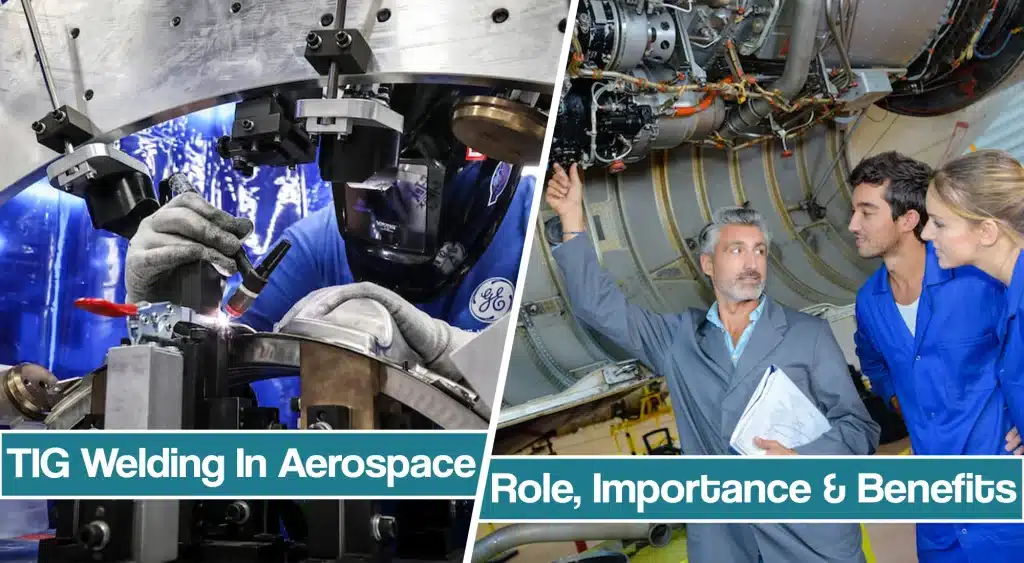
The TIG welding process is preferred in the aerospace industry due to its ability to join even the thinnest and most delicate materials with precision and low heat imput, providing a clean and aesthetically pleasing finish.
TIG welding in the aerospace industry is commonly used to fabricate aircraft parts and components, including engines, fuel tanks, and landing gear. The aerospace industry relies on TIG welding to ensure the safety and reliability of its products, making it a critical process in aviation technology.
History of Welding In the Aerospace Industry
The earliest airplanes were built using rivets and bolts to hold the metal structures together. However, as aircraft design became more complex and sophisticated, welding became a more efficient and reliable method for joining metals.
In the 1930s, gas welding using oxyacetylene torches was the primary method for aircraft construction. During World War II, welding technology advanced rapidly as aircraft production increased, and new techniques such as Tungsten Inert Gas (TIG) welding were developed.
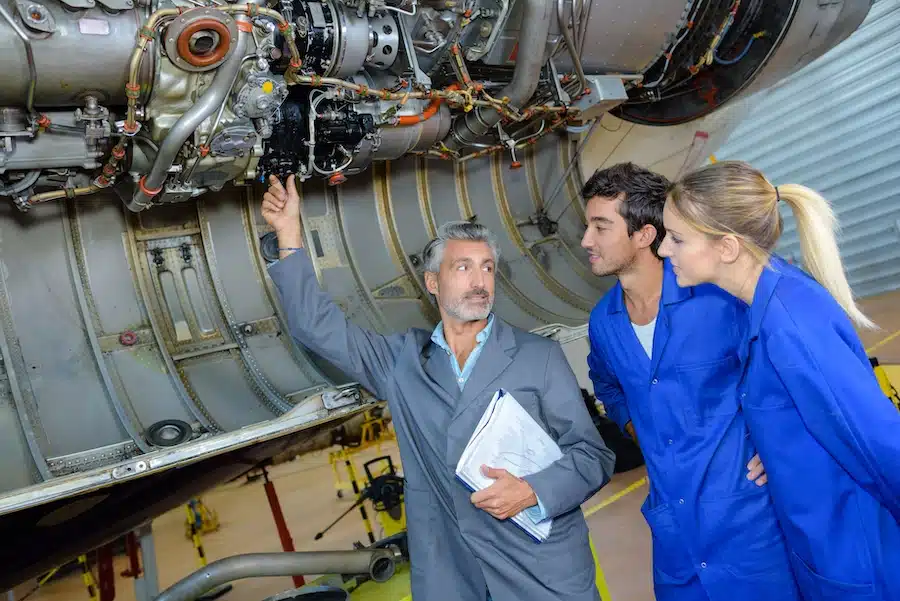
TIG welding quickly became the preferred method for welding in the aerospace industry due to its precision and high-quality results.
As the aerospace industry continued to grow and expand, welding technology continued to advance. Today, aerospace welding utilizes a range of techniques, including TIG, Electron Beam Welding (EBW), and Laser Beam Welding (LBW), to join metals with precision and accuracy. Welding has become an integral part of aerospace manufacturing, providing reliable and safe aircraft components that meet the high standards of the industry.
Why Is TIG Welding Preferred In Aerospace Industry
TIG is preferred because the aerospace industry uses special metal alloys of aluminum titanium and a variety of different types of stainless steel. The complicated needs of modern planes such as High speeds, constant stress and turbulence, and others while there is a need to make the plane as light as possible. For those challenges, the best of metal alloys are needed.
Welding these alloys is best handled with TIG welding. TIG welding produces high-quality, precise welds with excellent appearance and aesthetics, which is critical in the aerospace industry.
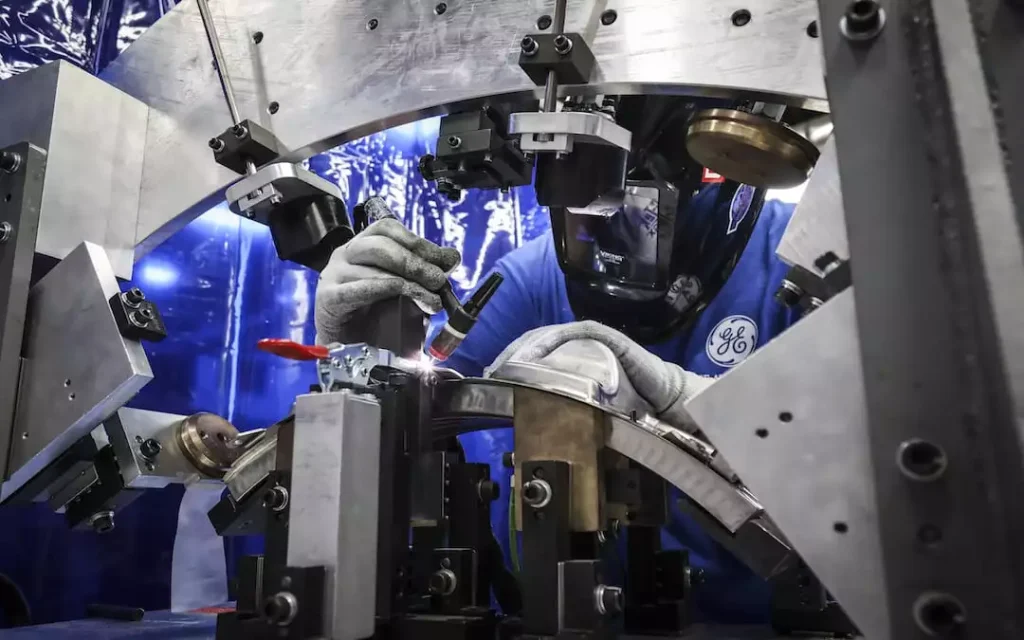
Secondly, TIG welding can be used to join even the thinnest and most delicate materials without causing distortion or damage, making it suitable for the thin sheet metal used in aircraft construction.
Thirdly, TIG welding provides a clean, contamination-free weld because an inert gas is used to shield the welding area, preventing atmospheric contamination from entering the weld. This is important in the aerospace industry, where any contamination in the weld can compromise the structural integrity and safety of the aircraft.
How Much Do TIG Welders In the Aerospace Industry Make?
According to the U.S. Bureau Of Labor Statistics, TIG welders in aerospace part manufacturing and repair make an annual mean wage of $63,270, or an hourly wage of $34.22. This is a highly specialized industry that requires a high degree of precision and skill, but with great demands come great rewards. However, keep in mind that this is statistical data, while in practice, TIG welder salary can vary on experience, state, company, work hours, and many more.
That’s why we see reports where entry-level TIG welders in aerospace make approximately $40,000 a year. However, the skill requirements in this industry are high, so there are very few beginners. Meanwhile, experienced welders with 7+ years of experience can easily make over $100,000 a year. This number can well rise to $200,000 after a couple of years, and some of the highest paying companies, such as SpaceX, can pay up to $43 per hour.
How TIG Welding Parameters And Controls Suit Aerospace Industry?
TIG welding parameters and controls are crucial in achieving high-quality and reliable welds in the aerospace industry. Here are some ways in which TIG welding parameters and controls suit the aerospace industry:
Precise control over heat input: TIG welding allows for precise control over the heat input into the weld puddle, which is essential in welding thin materials used in aerospace applications. The heat input can be controlled by adjusting the welding current, arc voltage, and travel speed, ensuring that the weld does not warp or distort.
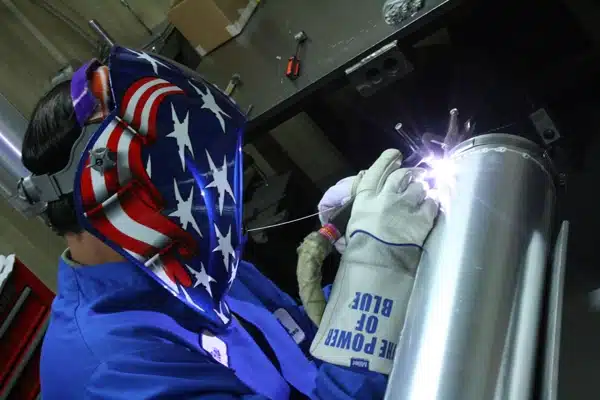
Clean welds: TIG welding uses an inert gas, typically argon, to shield the weld pool from atmospheric contamination. This results in a clean, contamination-free weld, which is crucial in the aerospace industry to maintain the structural integrity and safety of the aircraft.
Control over weld penetration: TIG welding allows for precise control over weld penetration, which is important when welding thin materials. The welder can control the depth of penetration by adjusting the welding current, resulting in a consistent and reliable weld.
Versatility: TIG welding can be used to weld a wide range of materials, including aluminum, titanium, and stainless steel, which are commonly used in aerospace manufacturing. This versatility makes TIG welding a valuable tool in the aerospace industry.
High-quality results: TIG welding produces high-quality welds with excellent appearance and aesthetics, which is critical in the aerospace industry for both functional and aesthetic reasons.
Distortion Control in TIG Welding
Distortion control is an essential aspect of TIG welding in the aerospace industry. Distortion occurs when the welding process causes the base material to expand and contract, resulting in warping or deformation of the welded component. Distortion can be a significant problem in the aerospace industry because even slight warping or deformation of a component can result in a loss of performance or failure of the component.Distortion control is an essential aspect of TIG welding in the aerospace industry.
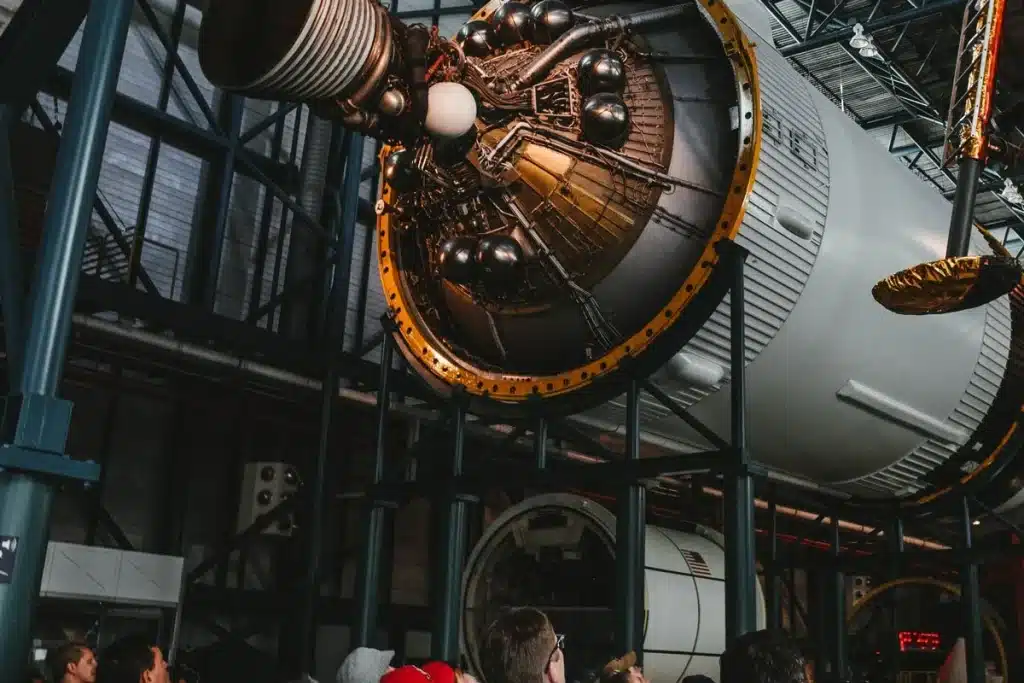
Distortion occurs when the welding process causes the base material to expand and contract, resulting in warping or deformation of the welded component. Distortion can be a significant problem in the aerospace industry because even slight warping or deformation of a component can result in a loss of performance or failure of the component.
Overall, controlling distortion during TIG welding is critical to ensure the integrity and performance of the welded components in the aerospace industry. By using fixturing, preheating, and post-weld heat treatment, weld sequencing, and controlling welding parameters, manufacturers can minimize distortion and ensure the quality of their welded components.
Interpass Cleaning
Interpass cleaning is a critical step in TIG welding in the aerospace industry, especially when welding metals like nickel or Invar. These materials are known for their sensitivity to contamination, and any impurities left on the surface of the metal can result in defects or failures in the welded component.
Interpass cleaning involves removing any oxidation or contamination that may have accumulated on the surface of the base metal during the welding process. This is typically done between passes, when the base material is still hot, to ensure that the cleaning process is effective.
Porosity And Improper Fusion Of TIG Welds
Porosity and improper side wall fusion are two common issues that can occur in TIG welding in the aerospace industry. These issues can have a significant impact on the quality and performance of the welded components.
TIG welding is well-suited to address these issues in the aerospace industry. TIG welding uses a high-quality shielding gas, typically argon, to protect the weld from contamination and ensure complete fusion. TIG welding also allows for precise control of the welding parameters, such as the heat input and travel speed, to ensure that the weld penetrates the full thickness of the base material.
How TIG Welding Deals With Common Aerospace Industry Materials?
TIG welding is a highly versatile welding process that is well-suited to the modern materials used in the aerospace industry. Here are some ways in which TIG welding performs on modern materials:
- Aluminum: Aluminum is one of the most commonly used materials in aerospace manufacturing, and TIG welding is a preferred method for joining aluminum components. TIG welding provides precise control over the heat input, resulting in a clean, strong weld with excellent appearance and aesthetics.
- Titanium: Titanium is a challenging material to weld due to its high reactivity and low thermal conductivity. TIG welding is a preferred method for welding titanium due to its ability to produce clean, contamination-free welds with precise control over heat input.
- Stainless Steel: Stainless steel is commonly used in aerospace manufacturing due to its excellent strength-to-weight ratio and resistance to corrosion. TIG welding is a preferred method for welding stainless steel due to its ability to produce clean, precise welds with excellent appearance and aesthetics.
- Composite Materials: Composite materials, such as carbon fiber, are increasingly used in aerospace manufacturing due to their high strength-to-weight ratio. TIG welding is not typically used to join composite materials, but it can be used to weld metal components to composite materials, providing a reliable and strong joint.
TIG Welding Aircraft Engines
In welding aircraft engines, TIG welder welds components made from high-strength materials such as titanium, stainless steel, or nickel alloys. These materials require precise control of the welding process to ensure the quality and performance of the finished component.
TIG welding provides this level of control, allowing manufacturers to create strong, durable welds that meet the rigorous demands of the aerospace industry.
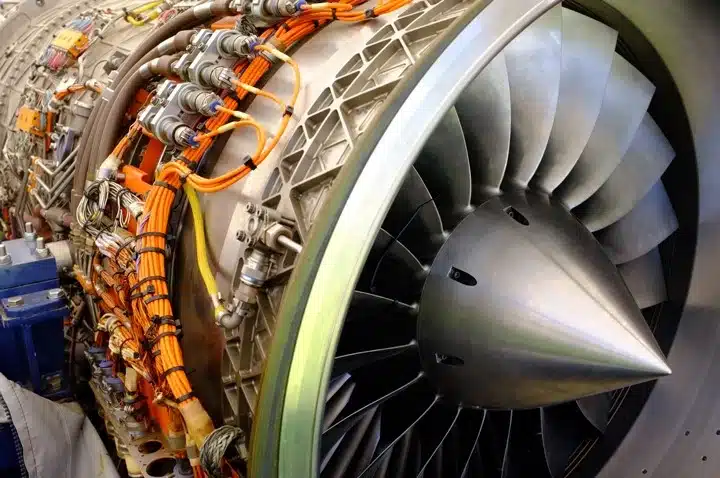
Tungsten inert gas (TIG) welding, including the high-frequency pulsed variant of the process, and keyhole plasma welding have been used to manufacture aircraft engine parts for many years.
Drawbacks Of TIG Welding in the Aerospace Industry
While TIG welding has many advantages in the aerospace industry, it is not without its drawbacks. The time-consuming and labor-intensive nature of the process, limited use for thick materials, costly equipment, and sensitivity to environmental factors can be challenging for some manufacturers.
TIG welding is a slow process compared to other welding techniques, which can be a disadvantage in large-scale manufacturing applications.
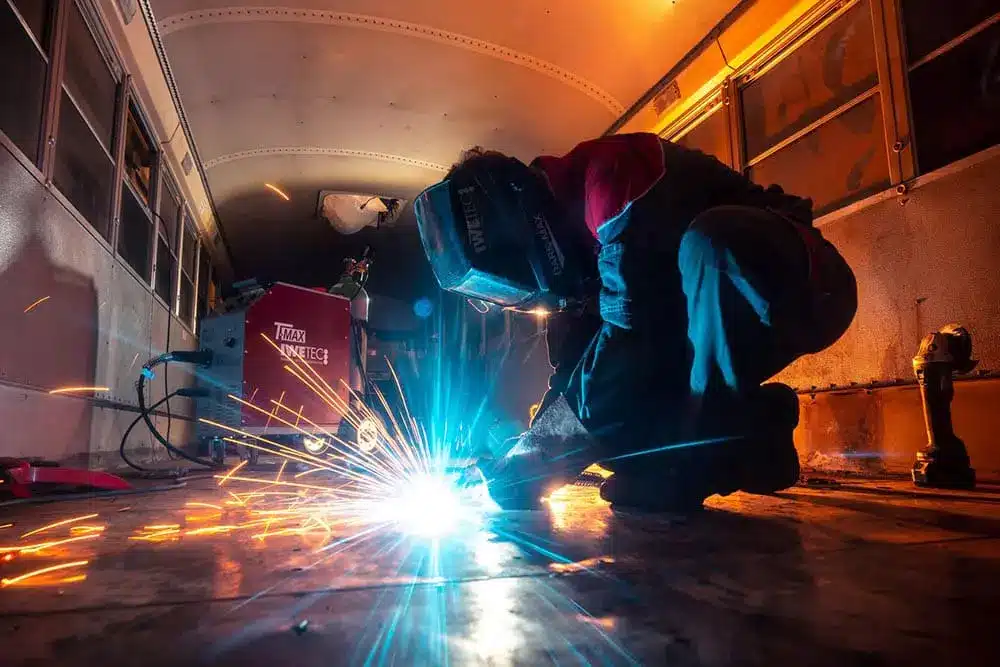
The need for precise control over heat input and weld penetration can result in a time-consuming welding process. Additionally, GTAW requires skilled operators to perform the welding process correctly. The welder needs to maintain a steady hand, and precise control over the heat input, and the filler metal, which requires significant training and experience.
Keep in mind that TIG welding equipment can be expensive compared to other welding techniques. The equipment includes TIG welding machines, gas cylinders, and welding torches, which can be a significant investment for smaller manufacturers. TIG welding requires a clean and controlled environment, free from drafts and contaminants, to produce high-quality welds. This can be a challenge in aerospace manufacturing environments, where conditions are not always ideal.
Alternatives To TIG Welding In Aerospace Industry
While TIG welding is a preferred welding technique in the aerospace industry, there are several alternative welding techniques available that can be used for specific applications.
- Laser welding: Laser welding is a precise and fast welding technique that uses a high-powered laser to fuse materials together. It is commonly used in aerospace manufacturing for welding thick materials and for welding dissimilar materials.
- Electron beam welding: Electron beam welding is a high-energy welding technique that uses an electron beam to join materials together. It is commonly used in aerospace manufacturing for welding thick materials and for welding components that require high precision and accuracy.
- Resistance welding: Resistance welding is a process that uses electric current to heat and join materials together. It is commonly used in aerospace manufacturing for joining sheet metal components and for spot welding.
- Plasma arc welding: Plasma arc welding is a welding technique that uses a high-velocity jet of ionized gas to heat and melt materials together. It is commonly used in aerospace manufacturing for welding thin materials, such as titanium and aluminum.
- Friction stir welding: Friction stir welding is a solid-state welding technique that uses friction and pressure to join materials together. It is commonly used in aerospace manufacturing for welding aluminum and other non-ferrous metals.
Conclusion
TIG welding plays a crucial role in the aerospace industry and in building aerospace components, and space vehicles, where precision, strength, and durability are essential requirements for the components used in aircraft and spacecraft. TIG welding provides several advantages over other welding processes, including its ability to weld a wide range of materials, produce high-quality TIG welds, and provide precise control of the welding process.
While there are some challenges with TIG welding, such as the potential for porosity and improper side wall fusion, these issues can be addressed through proper joint preparation, cleaning, and control of welding parameters. Overall, TIG welding remains a critical process in the aerospace industry, especially when used as part of welding automation, ensuring the quality and performance of the components used in aircraft and spacecraft.
Resources:
- https://www.aviationpros.com/home/article/10382068/tig-welding
- https://eagar.mit.edu/publications/Eagar184.pdf
- https://www.acornwelding.com/blog/post/tig-welding-aircraft-maintenance/
- https://tiptigusa.com/aerospace-industry/
- https://www.twi-global.com/who-we-are/who-we-work-with/industry-sectors/aerospace/welding-of-aircraft-engines




